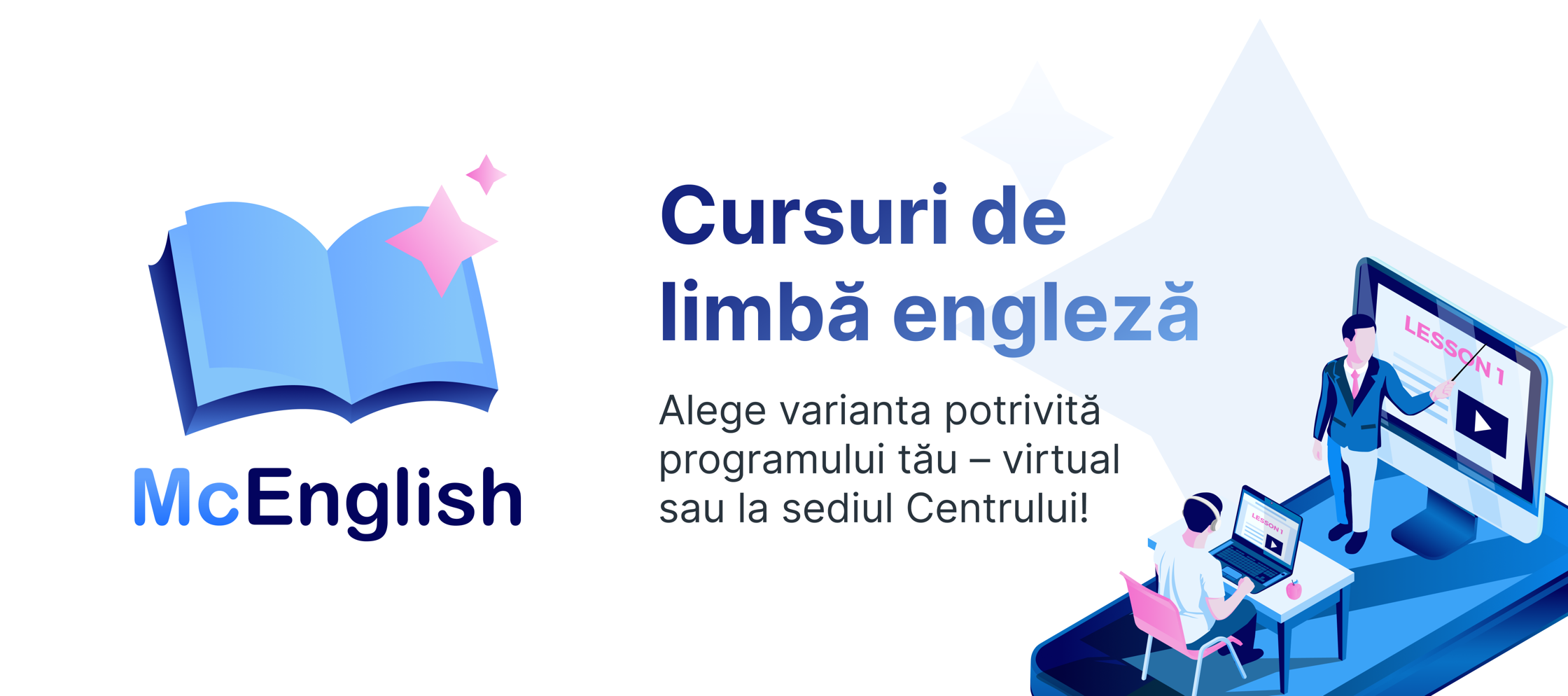
Scientists are exploring the potential of artificial intelligence in the world of medical diagnosis, with some very promising results(Credit: phonlamai/Depositphotos)
When it comes to medical ailments and their diagnosis, time is absolutely of the essence. The sooner we’re aware of a developing condition, the better chance we have of treating and ultimately overcoming it. Lately we’re seeing how artificial intelligence is poised to play a greater and greater role in detecting tell-tale signs of disease long before doctors can, with potentially life-saving ramifications.
In terms of machines outperforming humans that excel in certain fields, artificial intelligence has claimed some pretty big scalps of late. This includes toppling professional poker players at Texas hold ‘em, outperforming the world’s best players of the ancient Chinese game of Go and mastering the notoriously difficult game of Ms. Pac-Man on Atari.
When we consider this rate of technological progression in the medical realm, things get even more exciting. The reason it holds so much potential in this area is because through machine learning and the power of computing, AI has the ability to look at medical imaging data and health records to spot subtle, yet crucial changes that human clinicians can’t.
„AI is particularly strong in recognizing patterns in data,” Shlomo Berkovsky, associate professor at the Australian Institute of Health Innovation, explains to New Atlas. „For example, patterns in medical imaging like brain scans, X-rays or time series data like ECG or respiratory measurement. It can then map these patterns to past clinical records and outcomes of procedures. Sometimes it can even recognize patterns that cannot be spotted by a human clinician. Thus, it can learn from large volumes of data and support clinicians with automated decision support.”
The latest technology to make headlines in this area comes from the Google-bought and now Alphabet-owned DeepMind, which is purported to accurately predict acute kidney injury 48 hours ahead of our current best diagnosis methods. Acute kidney injury is a life-threatening condition whereby the organ suddenly stops working. It is difficult to detect and affects more than 300,000 people in the US every year, so there are plenty of reasons why doctors would like to pick up on it ahead of time.

The DeepMind team trained its AI on health records from more than 700,000 adult patients, an amount of data far too large to be pored over by mere humans. By considering tidbits such as vital signs, the AI was then able to predict the likelihood of acute kidney injury with 55.8 percent accuracy, two full days before its occurrence. It does so by spotting signs of deterioration much earlier than we currently can, and in more severe cases where patients went on to require kidney dialysis the AI was able to correctly predict acute kidney injury nine times out of 10.
DeepMind describes this advance as its biggest medical breakthrough yet, and while indeed significant, it may only be the tip of the iceberg when it comes to AI and improved medical diagnosis.
Change of heart
Heart trouble is another medical ailment where every second can count, particularly when it results in heart attacks or other serious cardiac events. But by mixing artificial intelligence with heart data gathered through more traditional means, algorithms may be able to tell us early on when something’s not quite right.

Back in January, researchers at the Mayo Clinic published a paper describing a new kind of AI-assisted electrocardiogram (ECG) that could pick up on left ventricular dysfunction, a difficult-to-detect condition that is a major precursor to heart failure. The AI was trained on data from over 600,000 patients and the resulting algorithm was able to detect the condition with around 85 percent accuracy. With more work, this technology promises far cheaper and more accessible diagnosis of a key early sign of impending heart failure.
Today, that same group of researchers has published another paper in The Lancet , detailing their latest breakthrough in using artificial intelligence to detect potential heart issues. The new AI searches through heart scans for signs of atrial fibrillation, or abnormal heartbeat rhythm, which is associated with heightened risk of stroke, heart failure and death.
Subtle changes to the organ’s structure as a result of these irregular heartbeats, such as chamber enlargement and scarring, are difficult to spot through current imaging techniques. But by training artificial intelligence for the task using data from around 180,000 patients, the Mayo Clinic scientists say their algorithm can detect atrial fibrillation with 83 percent accuracy.
Early-stage cancers
Back in 2017, a secretive Chinese startup called Infervision emerged from stealth mode trumpeting a new kind of imaging technology designed primarily to detect lung cancers through CT scans. It did so by building artificial intelligence trained on a huge stock of digital health records into a tool called AI Scholar, which then helped radiologists work through CT scans at triple the speed, while helping reduce the rate of missed cancer diagnoses by around 50 percent.

Earlier this year, a Google technology designed to better model and predict lung cancer was able to outperform certified radiologists, in some cases. The machine learning algorithm was trained on more than 45,000 chest CT scans, some of which featured cancers of various stages. With an ability to detect tiny malignant tissue in the lung nodules that would otherwise go unnoticed, Google says the algorithm was able to detect five percent more cancer cases than a board of six certified radiologists, while reducing false-positives by more than five percent.
Ovarian cancer is another area where AI has shown exciting potential, with a study published in February describing a new system that was able to help clinicians grade the severity of tumors and therefore design better treatments. Back in May, meanwhile, MIT scientists tuned this type of technology to breast cancer, training a deep learning algorithm on thousands of mammograms to produce an AI system that could predict breast cancer risks more accurately than current models, by identifying subtle changes in the breast tissue.
Diseases of the mind

Neurological conditions may not bear the same physical signs as the diseases mentioned above, but that doesn’t mean they are beyond the reach of cutting edge AI technologies. A small study published late last year explored their potential in this area by training a machine learning algorithm on neuroimaging data, among other data points, and seeing how it fared in predicting outcomes for psychosis and depression.
The team found that the AI tool was able to correctly predict social outcomes 83 percent of the time in patients who were at high-risk of psychosis, and 70 percent of the time when predicting the onset of depression. Both of these proved more accurate than clinicians in predicting a patient’s social functioning a year down the track, and though it is a small sample size, it is an interesting glimpse at how the future of mental health treatments may evolve.
Alzheimer’s is another example of where AI could improve outcomes for patients with neurological conditions. In November last year, an international team of scientists published a study detailing a new AI system that could detect the onset of Alzheimer’s up to six years earlier than current diagnostic methods.
It built the system by training a machine learning algorithm on around 2,100 brain images, one of the clearer Alzheimer’s diagnostic tools we currently have at our disposal. The AI system was more adept at detecting patterns of glucose uptake in the brain than human clinicians, a metabolic biomarker that can be indicative of the disease.
A look to the future
The AI systems discussed above are all in very early, experimental stages with a lot of further work needed before they enter clinical use. But they do highlight the potential of machine learning as a way of improving patient outcomes, with skin cancers, life expectancy, height and bone density just a few more elements of human health that AI could help track and predict.
Because health data is this type of AI’s stock and trade, things could be about to get a whole lot more interesting. The advent of wearable computers such as smart watches and fitness trackers means that never before have we had access to such an abundance of data on our health and well being, and we’re already seeing how AI might play doctor when things seem awry.
Back in 2017, the FDA approved its first medical attachment for the Apple Watch. The KardiaBand sensor integrates into the watch’s band and acts as a sort of wrist-worn version of an electrocardiogram device, taking 30-second recordings of a wearer’s heartbeat and helping to detect atrial fibrillation, among other things.

One of the features of the band is something called SmartRhythm, which uses AI to monitor the relationship between physical activity, as tracked by the Apple Watch, and the user’s heart rate. If it feels like the two are out of sync, it will automatically suggest the user uses the KardiaBand to perform an ECG. This early mish-mash of AI, medical intervention and discreetly worn wearable computers could very well be a sign of things to come, and one of the interesting paths this tech could take.
„In the future, more and more information collected by wearable technologies will be used for diagnosis purposes,” Berkovsky tells us. „There exists a range of sensors and devices that can monitor patients unobtrusively and transmit the collected data. This data will allow the clinicians to build a more encompassing understanding of the patient’s condition and improve the accuracy of the AI decision support.”
Though there may be a time a lot further down the track when AI displaces your local doctor, for the foreseeable future it is likely to play more of a complementary role.
„It’s important to note that in the near future I’d expect AI to remain a decision support tool, while the diagnosis will still be done by the humans,” says Berkovsky.




